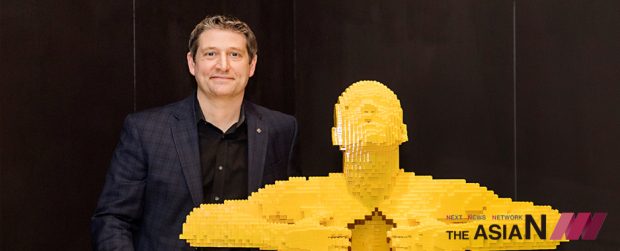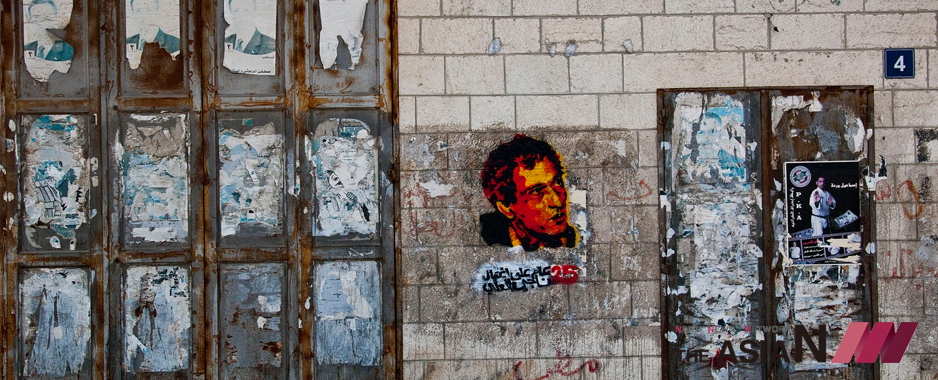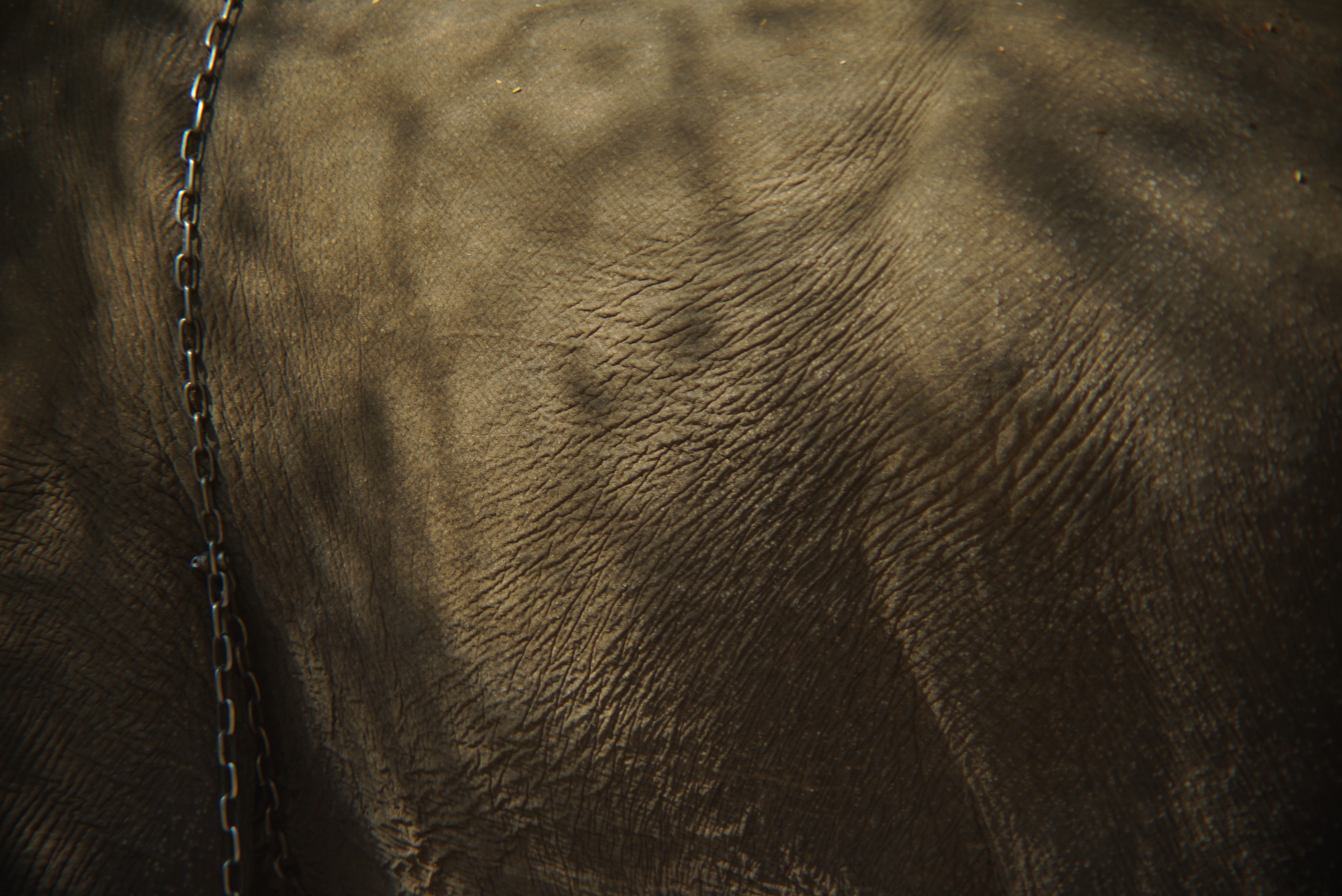
The Art of the Brick
“Dreams are built…one brick at a time!”
The global touring exhibition The Art of the Brick, based on Nathan Sawaya’s artworks, is hosted by the Ara Art Museum in Seoul. People can visit the venue until February 4th, 2018. The American artist uses LEGO bricks to create his artwork, transforming colorful blocks into awe-inspiring creations. Displayed in many parts of the world such as the US, Brazil, Russia, Spain, Italy, Australia, New Zealand, South America, Belgium, Ireland, Israel, China, Taiwan, and Germany, The Art of the Brick is a successful project that connects both children and adults to the art world. It was rated by CNN as one of the world’s “Must See Exhibitions”.
“I have realized that my worst day as an artist is still better than my best day as a lawyer”
Born in 1973, Nathan Sawaya is the genius behind The Art of the Brick. Encouraged by his parents to use his creativity since his early childhood, the artist had always been fascinated by creating things with LEGO bricks. He continued playing with the blocks as a college student and even as he became a lawyer; while his co-workers used their free time exercising at the gym, Nathan Sawaya created sculptures with LEGO bits. When the website containing a virtual gallery of his artworks crashed, he decided to quit his secure job as a lawyer and embark on his life as a full-time artist.
During his career as an artist, Sawaya first created sculptures out of clay and candy. Then, he decided to go back to LEGO as his art medium because according to him, “LEGO is universal”. “So many people enjoy it, from all different walks of life, all different ages, all different cultures. When I was in Africa, I had LEGO bricks with me and I met some people who had never heard of LEGO, they had never seen it before and yet as soon as I gave them a few bricks, they immediately got it. Even when I was in China and I could not speak the language, I still had the universal language of LEGO and I was able to communicate just through a brick. Even the fact that you can take LEGO bricks from thirty years ago and they still snap together with the same new LEGO brick that comes out, I mean what type of product can span generations like that, there is something really special to it” he said regarding his work.
The New York-based artist is the first to incorporate LEGO into the art word.
“Art makes better humans, art is necessary for understanding the world and art makes people happy. Undeniable, art is not optional”
Many people who had never before entered a museum visited The Art of the Brick expressing how much they enjoyed it. In fact, it seemed that more people were able to connect with a LEGO sculpture than typically marble sculptures. Reactions to a giant LEGO dinosaur sculpture were even better; this one of Sawaya’s works is the largest ever to be made by the artist and it took him an entire summer to finish building it. Using more than 80,000 LEGO bricks, the artist created the Dinosaur Skeleton (180 x 101 x 592 cm) to thank all the children who had attended his first solo exhibition.
The sculptures that most closely and personally represent Sawaya’s artistic intention are contained in a certain section of the museum called, “Human Condition”. Each of the touching art pieces tells a singular story through which Sawaya attempts to evoke strong emotional reactions. One piece, My Boy (22,590 bricks), recalls the story of a parent who had lost their child. “The challenge was to make people see the subject and forget the medium. A woman burst into tears at its debut,” Sawaya said, remembering My Boy. Still another piece, Disintegration (89 x 81 x 15 cm), represents a gray man on a red wall. “Beware the winds of life that nibble away at your sense of self. Stay strong” is the description attached by the artist on the work. Hands (99 x 56 x 64 cm) is Sawaya’s nightmare that he may lose the power to use his hands—his most important tool in creating art: it is a LEGO gray man on his knees without any hands.
Art masterpieces through a LEGO lens
In the division named, “Past Masters”, visitors enjoy already famous art pieces reinterpreted as LEGO. Michelangelo (David), Botticelli (Venus De Milo), Auguste Rodin (The Thinker), and Edgar Degas (Little Dancer) have never been so accessible—and up close. This section shows that Nathan Sawaya understood that LEGO could be a brilliant medium in teach children art.
Sawaya focused on rebuilding art that was originally paintings: using 3,991 LEGO bits, he made Edvard Munch’s The Scream (1893). Sawaya’s version accurately recreates the figure with its famous agonized expression against a landscape of a tumultuous orange sky.
Similarly, Sawaya used 3D blocks to reinterpret Vermeer’s renowned masterpiece Girl With a Pearl Earring (around 1665). It depicts a European girl wearing an exotic dress, an oriental turban, and a large pearl earring. Made with 1,694 pieces, the painting’s ornament consists of a transparent LEGO sphere.
Sawaya’s recreation of Gustav Klimt’s, The Kiss (1907-1908) is made of 18,893 bricks, depicting a man and woman in a passionate embrace. The woman is on her knees and her eyes are closed. The Kiss is one of the most accomplished examples of the “Golden Period” that its Viennese painter is associated with.
Lawyer turned LEGO enthusiast
Sawaya had built a successful career as a lawyer but he gave up his secure lifestyle to become a LEGO artist. He wrote two books Art of the Brick (2009) and The Art of Nathan Sawaya (2012); made influential speeches for TEDx, Google Zeitgeist, and the Clinton Library. Sawaya is a funny and brilliant person but, most of all, he seems to be genuinely happy with his life. Through The Art of the Brick, visitors are able to personally experience the passion and enthusiasm of the LEGO artist.
Listening to Nathan Sawaya’s story made me think about Neale Donald Walsch’s sentence, “Life begins at the end of your comfort zone,” especially because Sawaya teaches everyone that sometimes, we must take risks in order to achieve our dreams, whether they are related to LEGO bricks or anything else.
By Alessandra Bonanomi, reporter for The AsiaN










